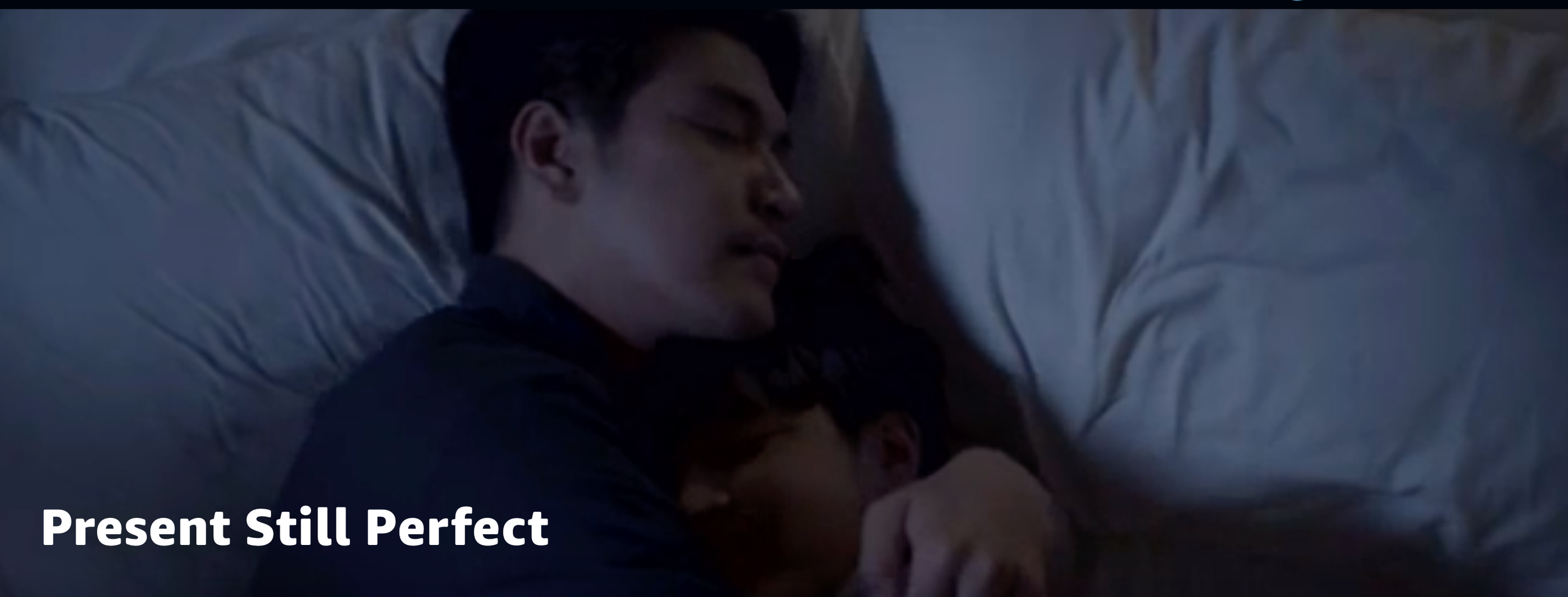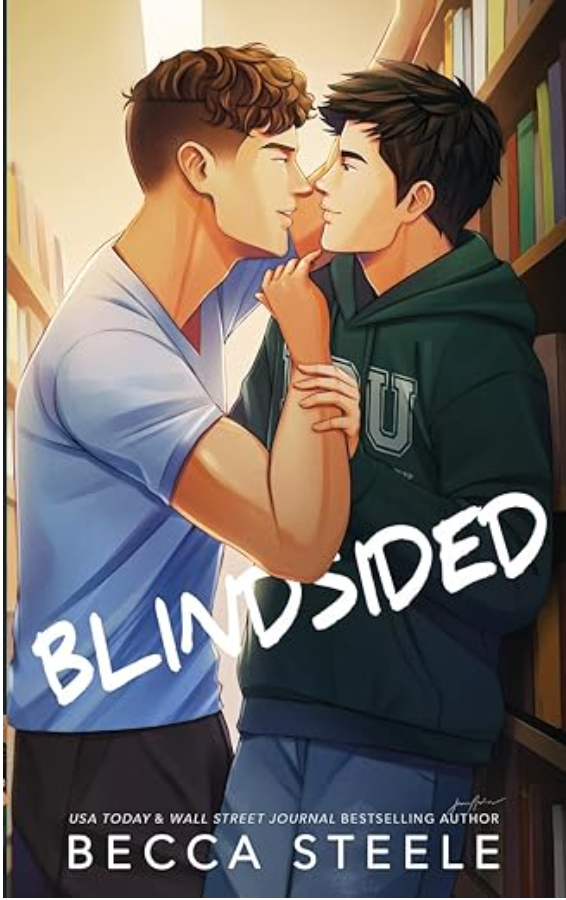Breaking the Mold: Is the Boys' Love Genre Stuck in a Beauty Trap?
As an observer of popular media trends, one can't help but notice the increasingly uniform beauty standards in Boys' Love (BL) series. The genre, while captivating with its emotional depth and complex relationships, seems marred by an overemphasis on aesthetic perfection that borders on the unrealistic. This phenomenon raises an important question: Why is it that every time a new BL series is released, viewers are met with characters who possess impossibly perfect faces and nearly identical features?
Initially, the allure of BL dramas could be attributed to their unique storytelling and the chemistry between characters. However, over the years, there has been a noticeable shift towards prioritizing visual appeal over narrative substance. The actors often sport unnaturally bright skin, chiseled features, and lush lips, repeating the same visual formula across various series. This homogeneity not only detracts from the richness of the stories but also makes it challenging for viewers to connect with the characters on a meaningful level.
The industry's reliance on slow-motion shots, particularly in opening scenes, is another tactic that seems to prioritize appearance over character development. These moments, while visually striking, often do little to enhance the storyline, instead underscoring the physical allure of the actors. It sends a subtle yet powerful message that in BL dramas, beauty often trumps narrative depth.
Furthermore, the apparent necessity for actors to undergo plastic surgery to fit into a narrow definition of beauty suggests a troubling undercurrent in the genre. This practice not only sets an unrealistic beauty standard but also promotes a limited view of male attractiveness, which is repetitively celebrated at the expense of diversity and authenticity.
Such portrayals have broader implications, influencing viewers' perceptions of beauty and self-worth, and potentially pressuring them to conform to these unattainable standards. As someone who values diversity and realism in media, it is disheartening to see such a singular form of beauty dominate a genre that has the potential to explore a much richer tapestry of human experiences.
The emphasis on physical perfection can sometimes overshadow the very essence of BL dramas—the emotional and personal growth of its characters. The most compelling stories are those that forge a deep connection with viewers through characters that are relatable and reflect a range of human experiences and imperfections.
It is crucial for fans and critics alike to question and challenge the producers and directors who continue to perpetuate these restrictive beauty norms. Why must all protagonists in BL series conform to such a constrained ideal of beauty? What creative possibilities are being overlooked by not embracing a broader spectrum of appearances and stories?
There is a significant untapped market for BL series that break away from these conventions. Series that represent a wider array of experiences and appearances are not only more inclusive but also resonate more deeply with a broader audience. Such diversity can enrich the genre, making it more reflective of the real world and enhancing its appeal and relevance.
The prevailing beauty standards in BL series are not only over the top but also contribute to a culture that values appearance over substance. As a community, viewers have the power to demand more—more diversity, more realism, and more narratives that focus on emotional depth rather than aesthetic perfection. By advocating for these changes, the BL genre can evolve to truly represent beauty in all its forms, offering a more inclusive and resonant experience to its audience.















